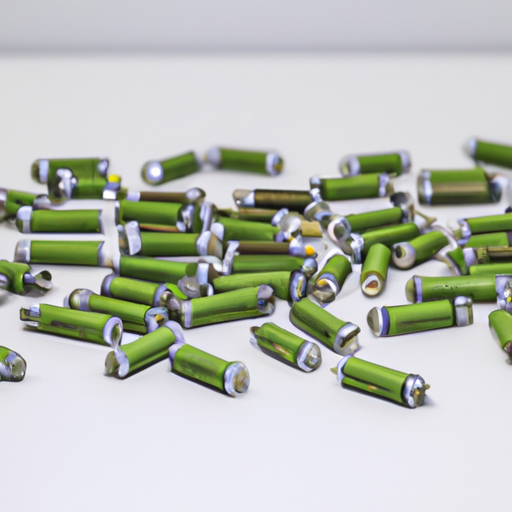190 Battery Holders, Clips, Contacts highlighting the core functional technology articles and application development cases of Battery Holders, Clips, Contacts that are effective.
Overview of Battery Holders, Clips, and Contacts
Battery holders, clips, and contacts are integral components in electronic devices, ensuring secure connections for batteries and reliable power delivery. Their design and functionality are critical for the performance of various applications, from consumer electronics to industrial equipment. Below is a detailed exploration of the core functional technologies, application development cases, and relevant resources.
Core Functional Technologies
| 1. Material Selection | |
| 2. Design and Form Factor | |
| 3. Manufacturing Techniques | |
| 4. Connection Technologies | |
| 1. Consumer Electronics | |
| 2. Medical Devices | |
| 3. Automotive Applications | |
| 4. Industrial Equipment | |
| 5. Toys and Hobby Electronics | |
| 1. Technical Papers | Research articles exploring the impact of material selection on the performance of battery contacts and holders, providing insights into best practices. |
| 2. Industry Standards | Documentation from organizations like the International Electrotechnical Commission (IEC) and Underwriters Laboratories (UL) that outline safety and performance standards for battery holders and contacts. |
| 3. Case Studies | Examples from manufacturers detailing the design process, challenges, and solutions in developing battery holders for specific applications, offering practical insights. |
| 4. Webinars and Workshops | Educational resources focusing on the latest trends in battery technology and the role of holders and contacts in enhancing performance, providing valuable knowledge for engineers and designers. |
Application Development Cases
Articles and Resources
Conclusion

Battery holders, clips, and contacts are vital components that significantly influence the functionality and reliability of electronic devices across various industries. A thorough understanding of the core technologies and application cases can guide the design and development of more effective power solutions. As technology continues to evolve, innovations in materials and designs will further enhance the performance and reliability of these essential components, paving the way for new applications and improved user experiences.
Overview of Battery Holders, Clips, and Contacts
Battery holders, clips, and contacts are integral components in electronic devices, ensuring secure connections for batteries and reliable power delivery. Their design and functionality are critical for the performance of various applications, from consumer electronics to industrial equipment. Below is a detailed exploration of the core functional technologies, application development cases, and relevant resources.
Core Functional Technologies
| 1. Material Selection | |
| 2. Design and Form Factor | |
| 3. Manufacturing Techniques | |
| 4. Connection Technologies | |
| 1. Consumer Electronics | |
| 2. Medical Devices | |
| 3. Automotive Applications | |
| 4. Industrial Equipment | |
| 5. Toys and Hobby Electronics | |
| 1. Technical Papers | Research articles exploring the impact of material selection on the performance of battery contacts and holders, providing insights into best practices. |
| 2. Industry Standards | Documentation from organizations like the International Electrotechnical Commission (IEC) and Underwriters Laboratories (UL) that outline safety and performance standards for battery holders and contacts. |
| 3. Case Studies | Examples from manufacturers detailing the design process, challenges, and solutions in developing battery holders for specific applications, offering practical insights. |
| 4. Webinars and Workshops | Educational resources focusing on the latest trends in battery technology and the role of holders and contacts in enhancing performance, providing valuable knowledge for engineers and designers. |
Application Development Cases
Articles and Resources
Conclusion

Battery holders, clips, and contacts are vital components that significantly influence the functionality and reliability of electronic devices across various industries. A thorough understanding of the core technologies and application cases can guide the design and development of more effective power solutions. As technology continues to evolve, innovations in materials and designs will further enhance the performance and reliability of these essential components, paving the way for new applications and improved user experiences.













